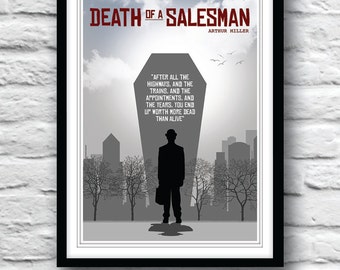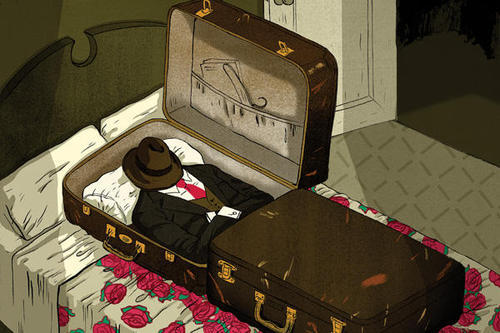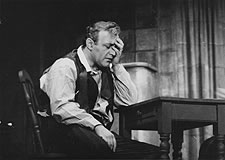What is a family?
o Intergenerational pain relating to
and expectations between family members.
o What is hidden behind the picket
fence?
o They relate to each other through
their ideals.
o This is a dysfunctional family
desperately trying to not be.
o No one is quite sure who they are in
the family.
o The sons try so hard to please him in
hope of getting approval and live but hate him because they see that as they
only way to get approval.
The death of the dream
that any man can achieve anything.
·
Willy
is the anti-Gatsby.
·
Gatsby
becomes everything America represents: self-made, rich, from a poor background,
upward mobility.
·
Willy
is stuck in the middle class. He never gets to achieve what he was told is achievable
by living the life he led. Acknowledging failure.
·
Willy was well
liked in his profession and now that is taken away.
·
We never get a
real sense of who he was. Everything is so blurred between real and fantasy.
Fear of change.
·
The house in a
changing landscape. The house as symbolic of life in America. The world is
literally changing around him.
Old play with modern
worries.
o Romans also wrote this worry. There was concern with
how the family and society will be washed away by changing times.
o The salesman as the oldest profession.
o How does the aging man bow out of his role as provider
and leader?
Coming
to terms with being obsolete. The fantasy that lived beneath their function.
And when you take his functionality all that is left is the dream. Which is not
real.
Linda as a character.
Biff is older 34 and is on
a downside. Father hold out hope for him. Disenchanted. Silly adores him but
also thinks he's lazy. Is nothing because he doesn't have the American Dream.
Happy is more coming of
age. More like Linda and want Willy's approval.







